Frame looms (also sometimes called lap looms) are one of the best ways to learn how to weave and something that every weaver should have in their studio in at least one form. They are great for new weavers because they are more affordable than more complex floor looms and they are simpler to set-up. More advanced weavers should still have them on hand for traveling, sampling, or just making smaller weavings. There are many different types of frame looms to choose from depending on what you want to do and how much you’re willing to spend. But first…
This page may contain affiliate links. If you purchase something through these links then I will receive a small commission – at no extra cost to you! Please read our DISCLAIMER for more info. Thanks for the support!
What Is A Frame Loom?
I get asked this question a lot and the answer can be both simple and complicated.
Simple: a frame loom is a weaving device that is almost always portable and is usually characterized by having 4 sides and a hole in the middle.
Think of a picture frame. At its root, that is what a frame loom is.
Complicated: a frame loom is a weaving device where you apply the warp directly to the frame without the use of a warping board, mill, or peg first. The warp is generally hand manipulated during the weaving process either by manual weaving (with a tapestry needle) or through the use of shed tools. *see frame loom features in the next section* This device is usually small enough to be handheld or tabletop, but can also be quite large and still considered a frame loom if it meets the other characteristics.
There are a lot of different types of frame looms that you will probably come across and there is no governing body that determines the naming of these looms. For that reason some of these frame loom types are a little general.
Common Frame Loom Features
Shed Stick – A stick that is slid underneath specific warps to be flipped on it’s side to create a shed.
Heddle Bar – A bar with notches that match the EPI of the frame loom. This bar rotates by hand to lift and lower every other warp to create a shed.
Heddle Rods – Dowel rods with yarn attached to them. When these rods are lifted they lift up the warp yarns that they are connected to. These create a shed.
Castle – The highest part of some tapestry looms. It features notches that your heddle rods sit in and on.
Simple Frame Loom
There is probably no mystery that I love simple frame looms. I did an entire post on them if you want all the details, but otherwise the gist of it is below.
I teach on them for all of my frame weaving classes and you can use pretty much any frame that you have on hand! The reason I love them so much is because they are inexpensive and give you a lot of options. Most often when I’m talking about simple frame looms I’m talking about wood frames from repurposed picture frames or painting stretcher bars. These looms are as simple as it gets because they have no notches or pegs to dictate your warp spacing. This freedom means that you can weave almost anything on a simple frame loom, take it off, and then weave something else on the same loom!
The downsides to this type of weaving loom is that since there is nothing to keep the warp in place, it can be easy for it to move around and for your spacing to be off. This is not a minor thing. Your warp spacing is a really important aspect of your weaving because it determines the type of weaving you are creating. You can work around this, but it is something to consider.
Fun Idea: You can head to the hardware store and get some loom supplies! To make a different type of simple frame loom you can try out copper or pvc pipes. Really anything you can create a frame out of can be a simple frame loom! If you come up with any other ideas for loom materials – let me know!
Peg/ Nail/ Pin Loom
Generally, a peg loom is a simple frame loom that has nails or plastic pegs on 2 sides that you wrap your warp around. This allows for faster warping with less work. You can purchase looms that already have these pegs and pins or you can make your own with any wood frame and nails. When making your own, you have the option to make it with whatever EPI/ Warp Sett you want! If you have a specific EPI that you like to weave at and you don’t plan on changing it up, then these types of looms can be a great choice. Buy or create a peg loom do the warp sett that you prefer and be set!
This also leads to a potential downside to this type of loom – you are limited to the EPI that corresponds with the pegs or nails on the loom. If you want something with more options than simpler is better. This issue though is not limited to the peg loom, but instead almost every frame loom besides the simple loom.
Another version of this would be a loom that has notches instead of pegs. They work the same way – where the warp goes around the notches, but they may be better for traveling since they don’t have any extra pieces sticking up to get stuck on everything.
You can purchase a peg loom like this one HERE.
Hokett Loom
The only loom on the list that only has 2 sides. A Hokett loom looks like an uppercase “I” and has notches for you to wind the warp. This type of loom was designed by Jim Hokett who has since retired and original Hokett looms are hard to find since they are no longer being made. That being said, you can find the Hokett style loom from other manufacturers under the names “hand loom” and “tapestry loom” on occasion. Due to this, they can be harder to find but a great addition to your studio.
While most of the looms on this list are great for traveling to due to their size, the Hokett loom is especially good because with no warp on them, they take up the least amount of space of all the options. Even with the warp they tend to be smaller than some of the other frame options. I have never seen a large Hokett loom!
Due to their design, they are easy to hold in one hand while weaving with the other. This makes them great for when you don’t have a way to prop up your loom on a table or on your lap. Think about weaving with this loom while outside on vacation. They make a great plein air loom to take hiking or really anywhere!
The Hokett loom has the same disadvantages as the peg and notch loom above since they have set notches.
You can purchase a Hokett style loom HERE, or check Etsy for more options!
Mirrix
This is actually another brand of loom – but they really are a type all their own. Mirrix looms are basically adjustable pipe looms with a coil on the top for spacing and a shed system. The coils are interchangeable for different warp setts just like the reed on a floor loom. There are options for 8,12,14, and 18 Ends Per Inch. This makes the Mirrix loom very versatile for different projects.
They also have adjustable tension so you can get a tighter warp – which makes them great for tapestry. Mirrix looms are on the pricier side for a frame loom – but could be well worth it if you want something that is adjustable and easy to weave on. They also look pretty cool – if that’s your thing!
Full disclosure – I don’t have a Mirrix loom, but I have only ever heard great things about them! If you’re interested in Mirrix, you can find them HERE. They also make a Hokett style loom that is adjustable!
Tapestry Loom
This is really a general name and doesn’t technically apply to any specific loom. That would make things too easy. In fact, if you were to google tapestry loom you get a lot of different types including probably all of the options we already talked about. That is because tapestry can pretty much be woven on anything as long as you can get the warp tight enough and spaced correctly.
So what does that mean for this frame loom category?
This is sort of the leftover category. These looms are by no means less than but they don’t have any specific name to attribute to them so they fall here.
The looms that are most often categorized as tapestry looms have a heddle rod or other shed device that allows you to weave up faster. A lot of them also feature a stand that will make it easier for you to weave upright and the ability to have an advancing warp. (If they don’t have a stand then I recommend this frame loom hack). This means you can weave a larger weaving faster and in a better position.
They are usually less portable, though, and you are limited to a specific EPI since they normally have notches.
You can find these types of tapestry looms made by some of the big companies that also make floor looms. Besides the Mirrix loom these are often more “complicated” than the other frame looms since they may have more moving parts. Don’t let that deter you though, they can still be great for beginners if you want something that does a little more of the work for you.
You can check out different tapestry looms HERE. If you’re looking for a really inexpensive frame loom with a shed device then check out this one HERE (pictured below). Yeah, it says it’s for kids – but it gets the job done!
Whether you are looking for something extra portable or something that does some of the work for you – there is a frame loom for you! Also, there’s no reason you can’t have more than one kind.
What’s your favorite type of frame loom? Let me know in the comments and tell me why you love it!
⇣ Love It? Share It! ⇣
You May Also Like















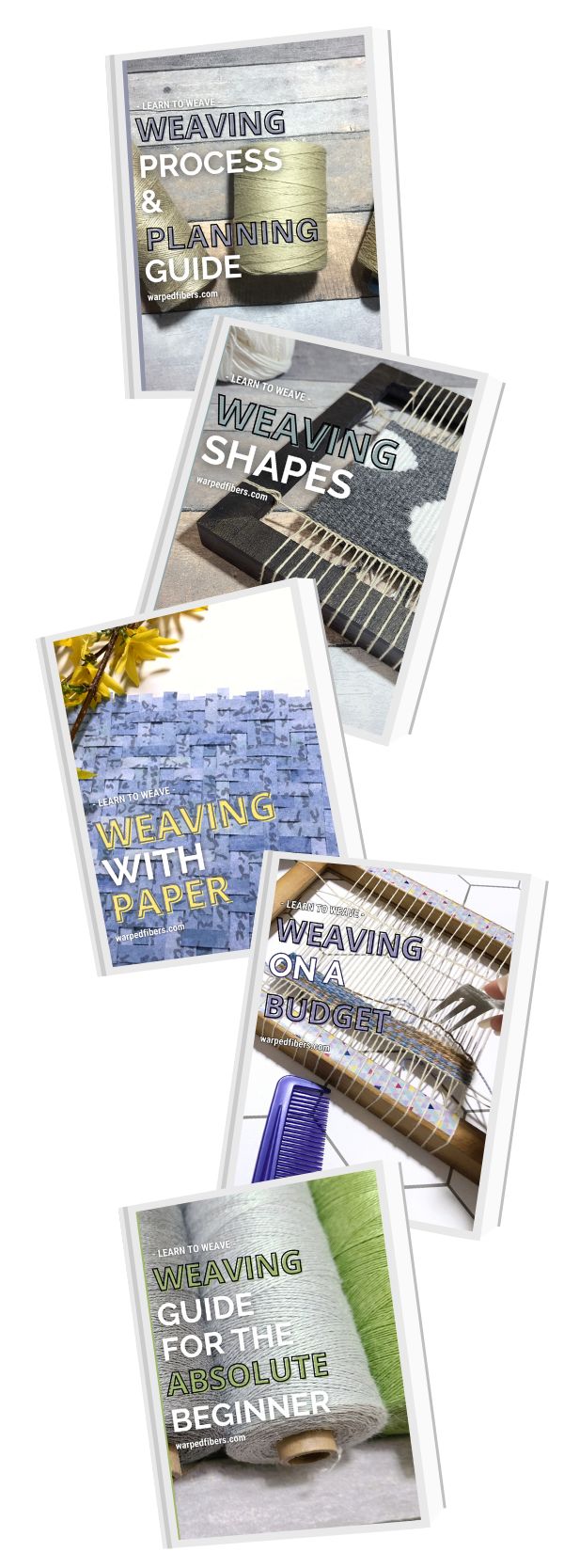
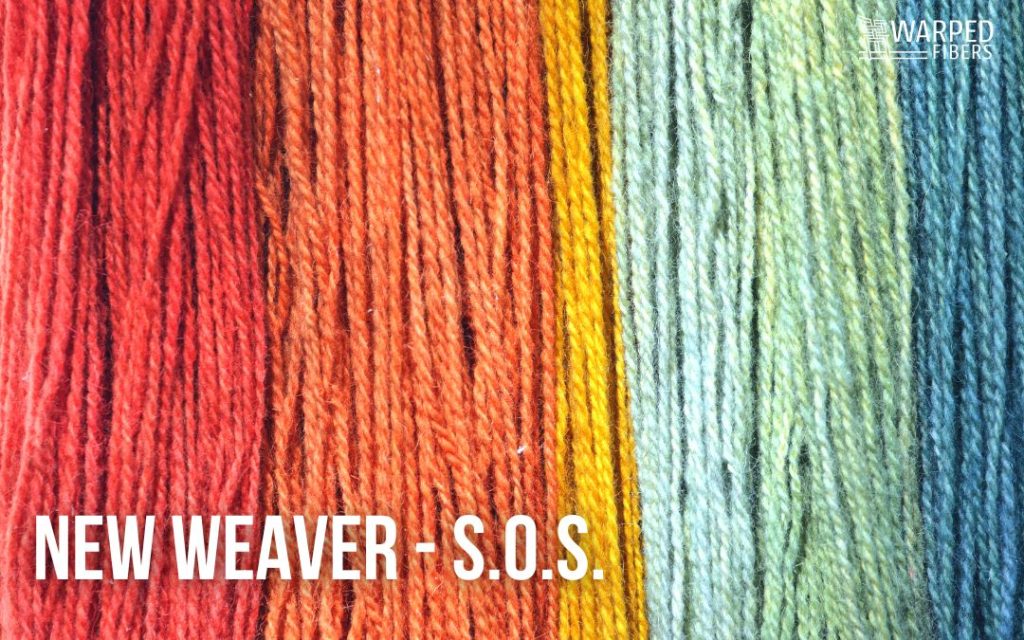

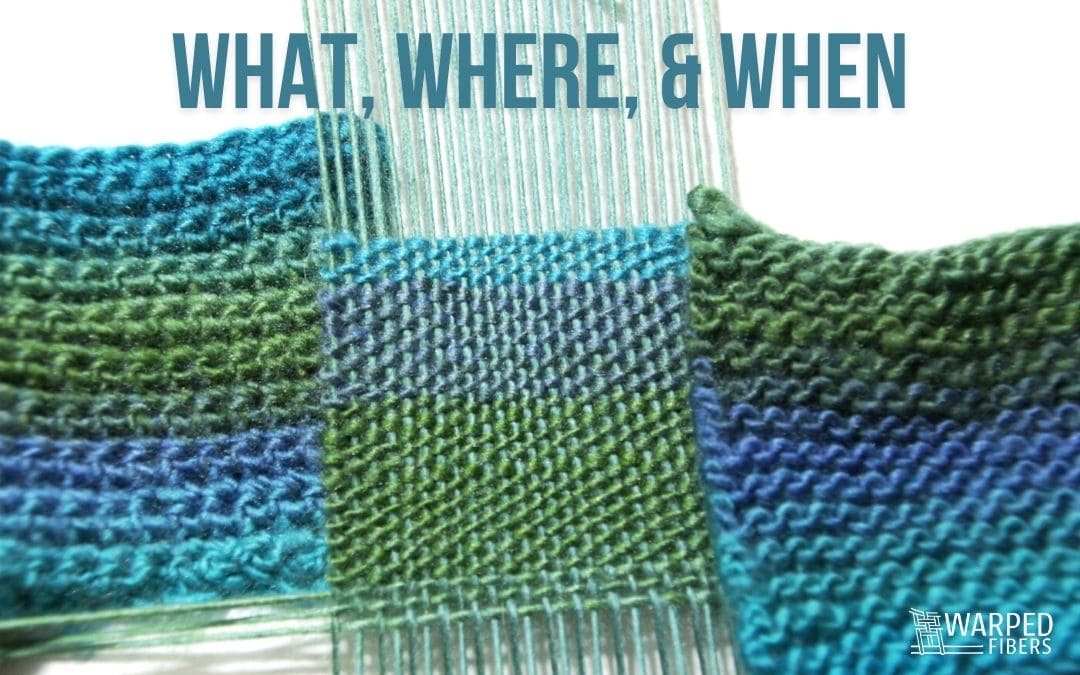

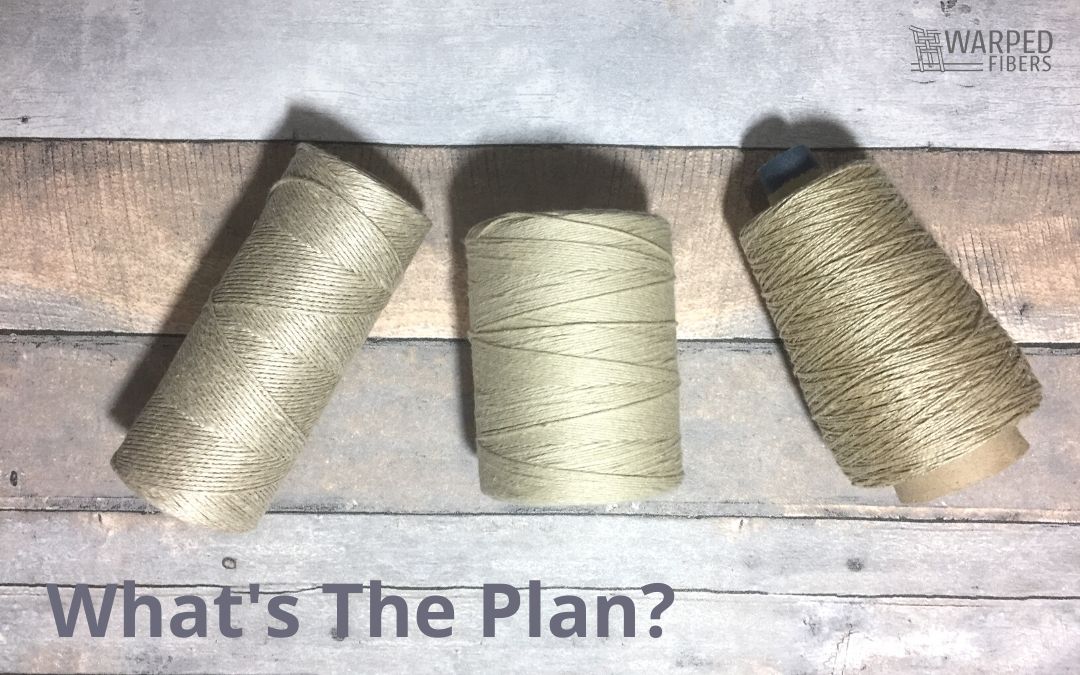

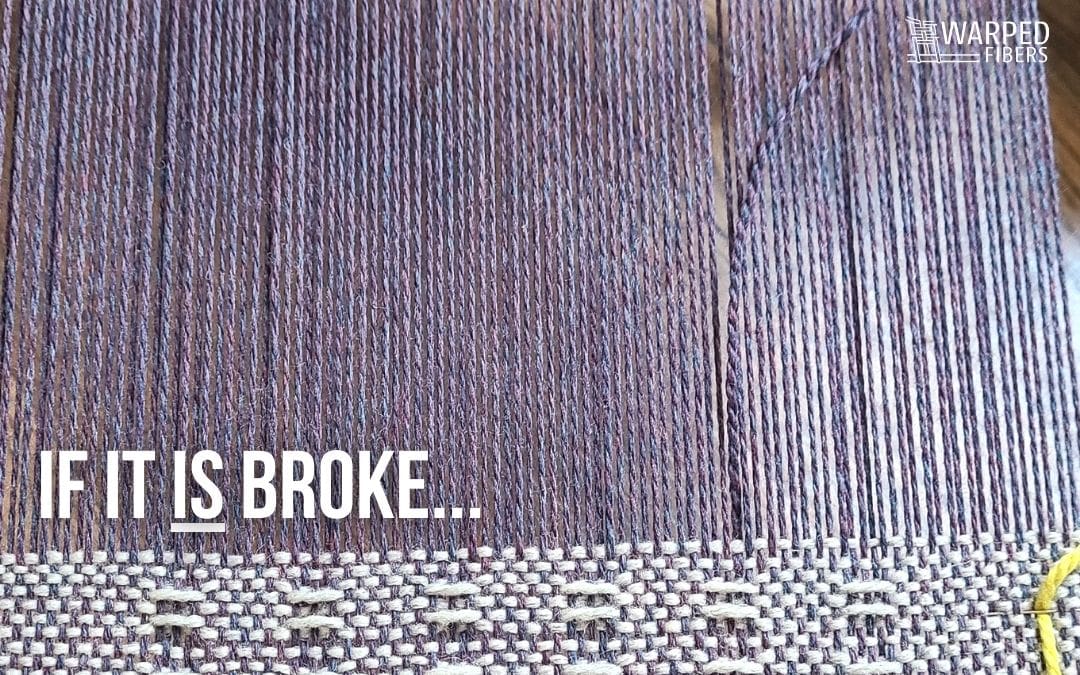

I want a mapuche loom that has a horizontal sliding warp tensioner bar attached to the top of the loom frame by a screw and wing nut. Where can I get one?
I am not very familiar with these types of looms but the best place would probably be craigslist or ebay. Good luck!
Do you know anything about Guyb looms?
I can’t say I have ever heard of Guyb looms. I will have to look into them.
Those looms are both handy and powerful! I didn’t know that there are a lot of to choose from. Thank you for the info!
So cool! I had no idea they made weaving looms this size!
Great read! Thank you for such an easy-to-follow explanation of the different looms and their intended purpose. Such basic designs and so versatile. I can appreciate having the right tool for the job.